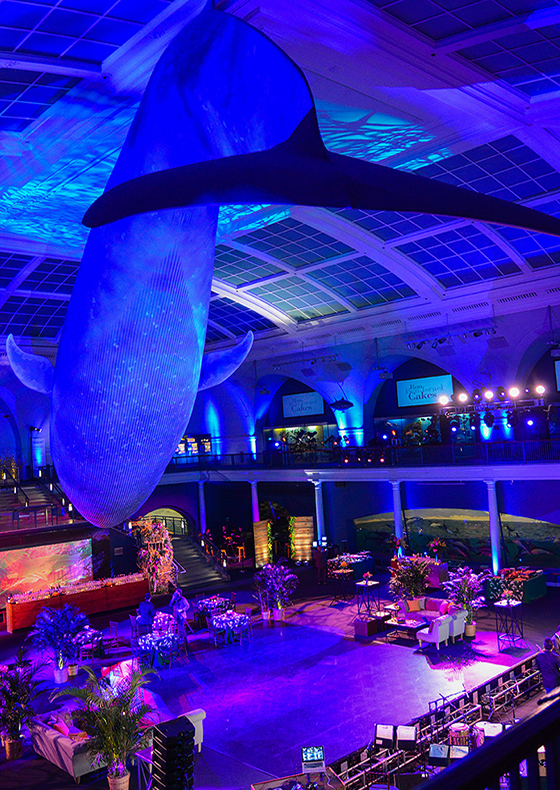Crucial Tactics for Maximizing the Durability of Your LED Display
Wiki Article
LED screens are becoming increasingly popular for multiple purposes, from advertising to entertainment. To guarantee that these displays function efficiently over the years, it is crucial to implement tactics that extend their lifespan. Comprehending the elements that affect the durability of Light Emitting Diode screens can help users maintain their functionality and prevent unnecessary replacements.
One of the main elements that can extend the lifespan of an LED screen is proper installation. It is vital to have a skilled crew handle the installation procedure to guarantee all components are correctly attached. Poor setup can lead to electrical issues or mechanical damage. Additionally, the location of the LED screen should take into account surrounding factors such as sunlight exposure and humidity levels. A well-installed display in a suitable site will reduce the chance of damage caused by outside elements.

Routine maintenance is another crucial tactic to extend the life of an LED screen. This entails routine inspections to monitor for any indicators of deterioration or malfunction. Dust and dirt can build up on the top of the LED panels, affecting brightness and hue quality. Wiping the displays with suitable materials will assist keep optimal visibility. It is also essential to monitor the components behind the screen, making sure that all connections are secure and that there are no overheating issues, which can significantly shorten the durability of the parts.
Power management plays a vital role in enhancing the lifespan of an Light Emitting Diode screen. Over-voltage or fluctuating electricity supply can harm the inner circuitry. To avoid this, using a high-quality this hyperlink electric supply and putting in place overvoltage protection measures is advisable. Additionally, setting the display to operate at reduced luminosity levels when intense luminosity is not required can lessen wear on the lights. This not only extends the durability of the screen but also saves power, making it a economical option.
Furthermore, software management can affect the functionality of Light Emitting Diode screens. Consistently updating the program that controls the display ensures that it runs smoothly and includes any essential safety patches. Old program can result in functionality issues and may put the setup to risks. Proper timing of content can also help in managing the workload of the display, allowing it to rest during non-peak hours, which can contribute to a longer lifespan.
In conclusion, maximizing the lifespan of an Light Emitting Diode screen involves a combination of appropriate setup, regular upkeep, efficient power management, and careful program management. By focusing on these critical strategies, operators can guarantee that their Light Emitting Diode displays remain operational and visually appealing for numerous years. Taking preventive steps will not only enhance the functionality of the LED screen but also provide a better return on investment over the years.